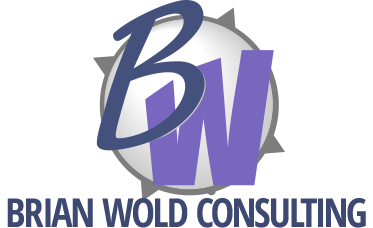It’s time to start thinking clearly about when, how, and whether to put dates on your Web pages. You know, the snippets (usually at the bottom of a page) like “Page last updated: June 2, 2005 17:51:06 EST“?
On its own, this statement is pretty useless. Remember, Web pages tend to stay out there forever. By the time a person gets to reading your page, much might have changed.
If I find a review of a Web host and it’s from 2002, I’m skeptical of the relevance of that review (too much changes too fast in that field). If it’s an article about pouring concrete, last updated in 2002 is fine with me.
In the example above, we know the page is six months old (as I write this, perhaps much older when you read this). Is the page out of date? Dunno. Were the updates made last June of any signifigance? Dunno — but given needless the detail of the timestamp, I’d predict it’s an automatic entry, which means “last saved to the server” and might not have been changed at all. Has the page been reviewed since then, but not updated? Dunno.
To the page owner, it might have seemed like it would be reassuring to include the date, but without additional context, it’s wasted space — and could lead to valid information being discounted as “too old.”
On the other hand, when I’m doing research, it’s useful to know when an article was first written (or, first published) and when any significant revisions were made — and it always bugs me to find articles published without any date information included.
So here’s my bottom line (lines, really):
Include a relevant date when publishing items that are temporal in nature — such as news, reviews, opinion pieces, articles about current events, or product information that will be expected to change.
Do not include any date when publishing static items — home pages and main subpages, general company information, contact info, forms, and so on.
And, finally, review your entire site once in a while and clean house. That way, visitors won’t accidentally stumble onto an old page and think ill of you.



February 17, 2006
Well, I frequent http://sysinternals.com where one can see a “last-updated” stamp — in my case that’s the first thing I look for, because I want to ensure that I’ve got the latest tools available, and if Mr. Russinovich hasn’t updated the date stamp then I can move on.
I suppose one could subscribe to an e-newsletter (one more email addr “out there”) or some sort of RSS feed (haven’t done that yet) … So any comments on RSS ?
Jon
February 17, 2006
Yep, and that makes sense, because the date relates to content that changes all the time.
I’ve been experimenting with RSS and should have a post on that in the future. Essentially, it’s pretty cool stuff, but most mainstreamers don’t know what it is or how to work with it yet, so the greater immediate good is for inclusion on various portal pages.